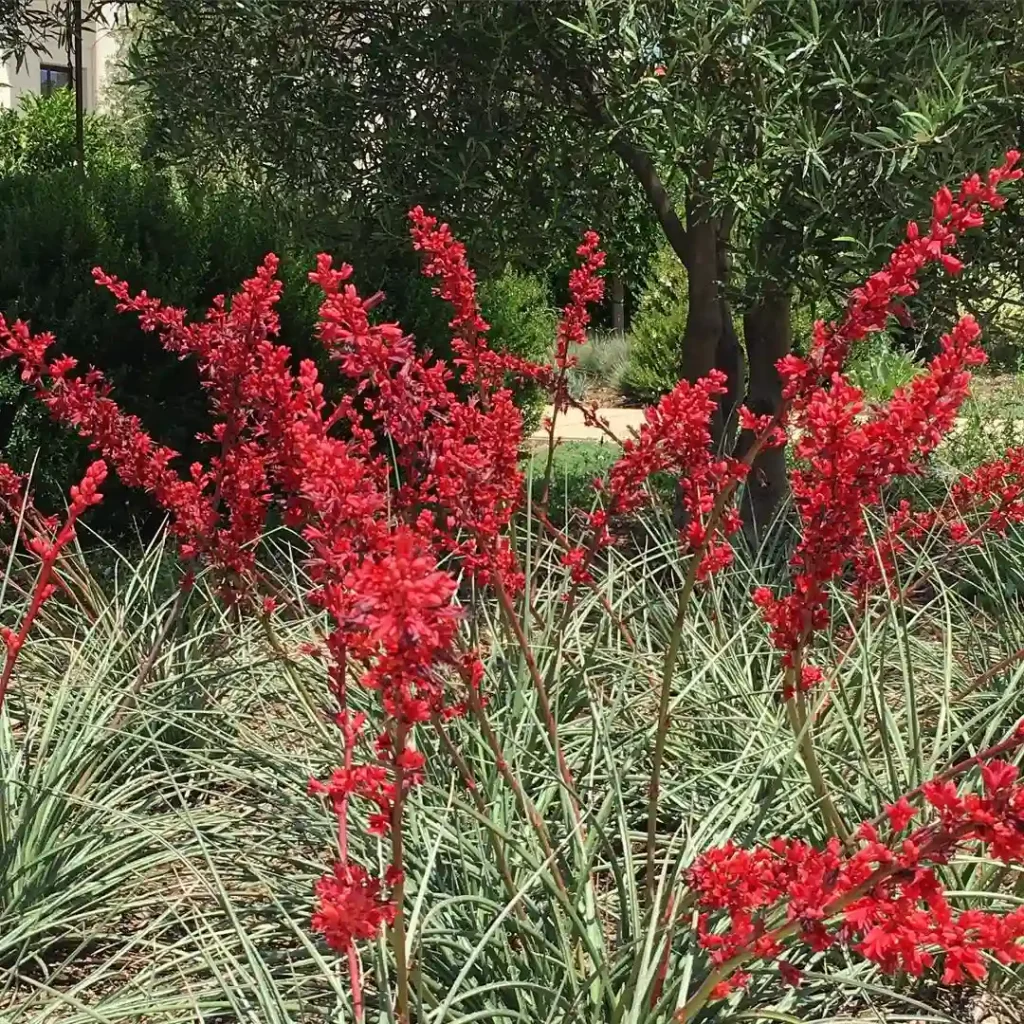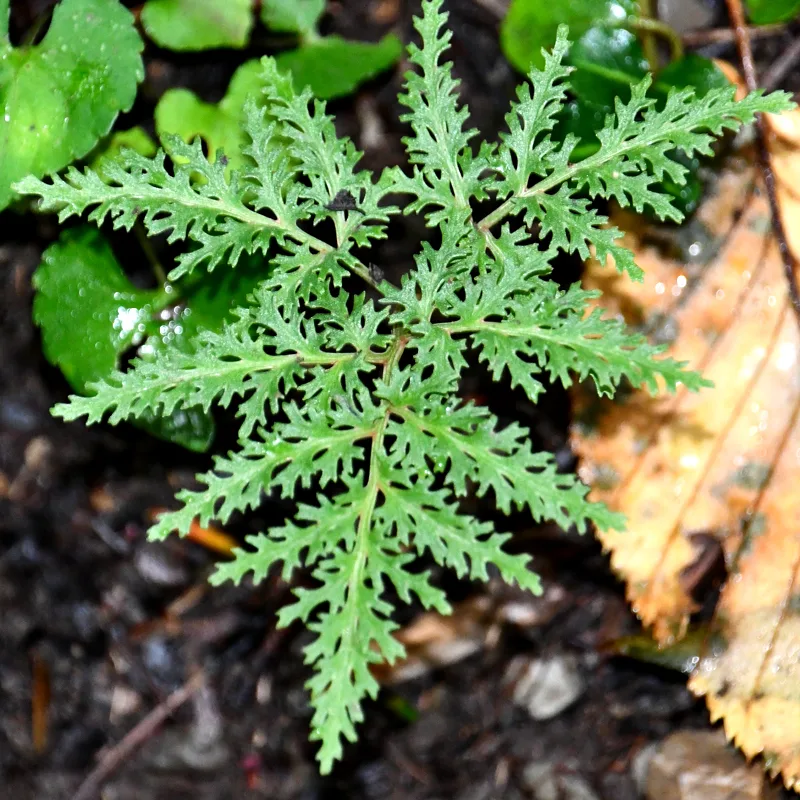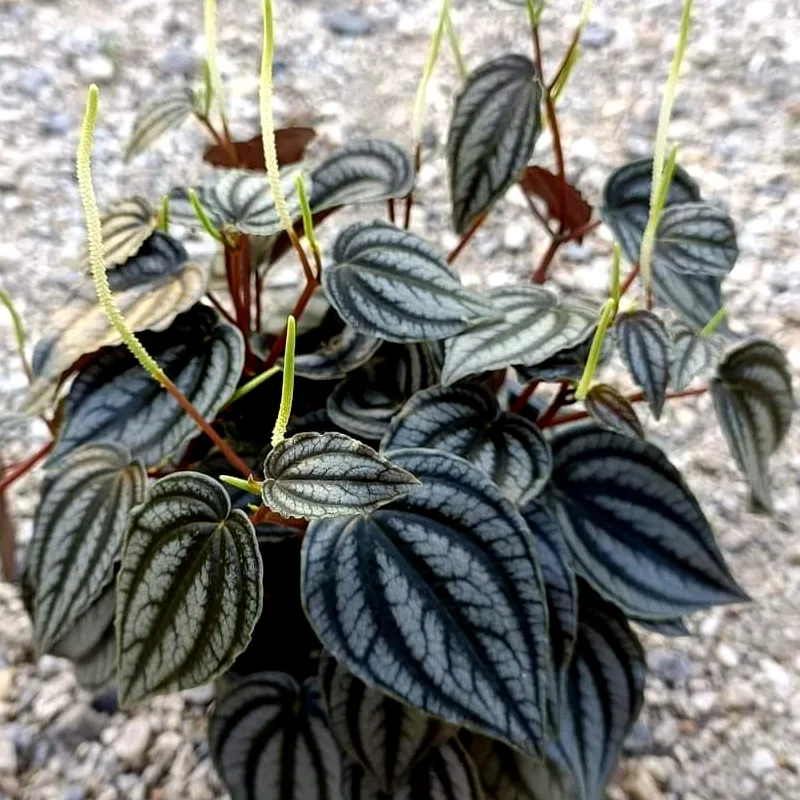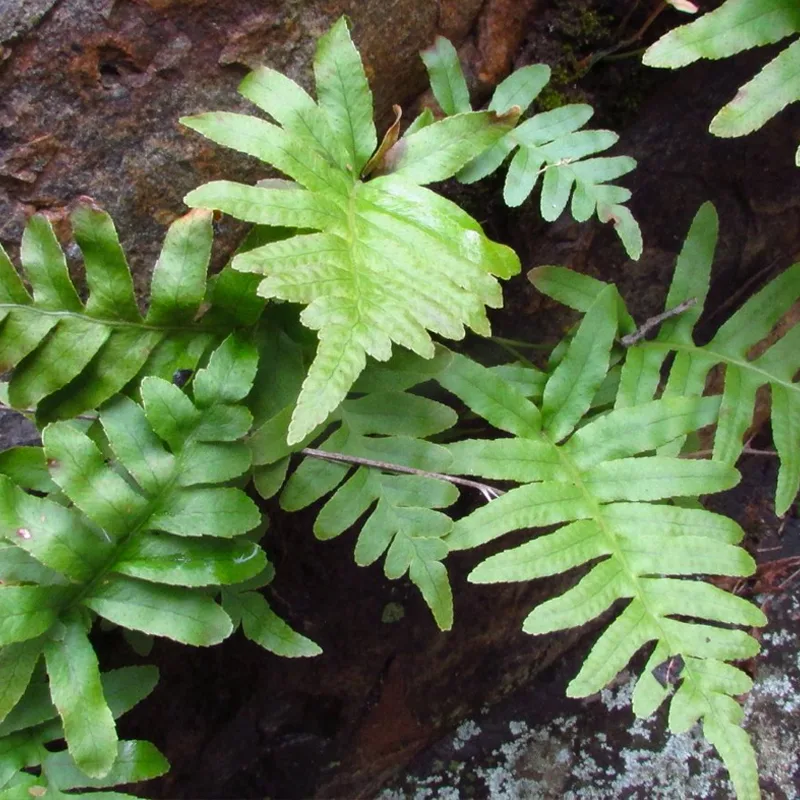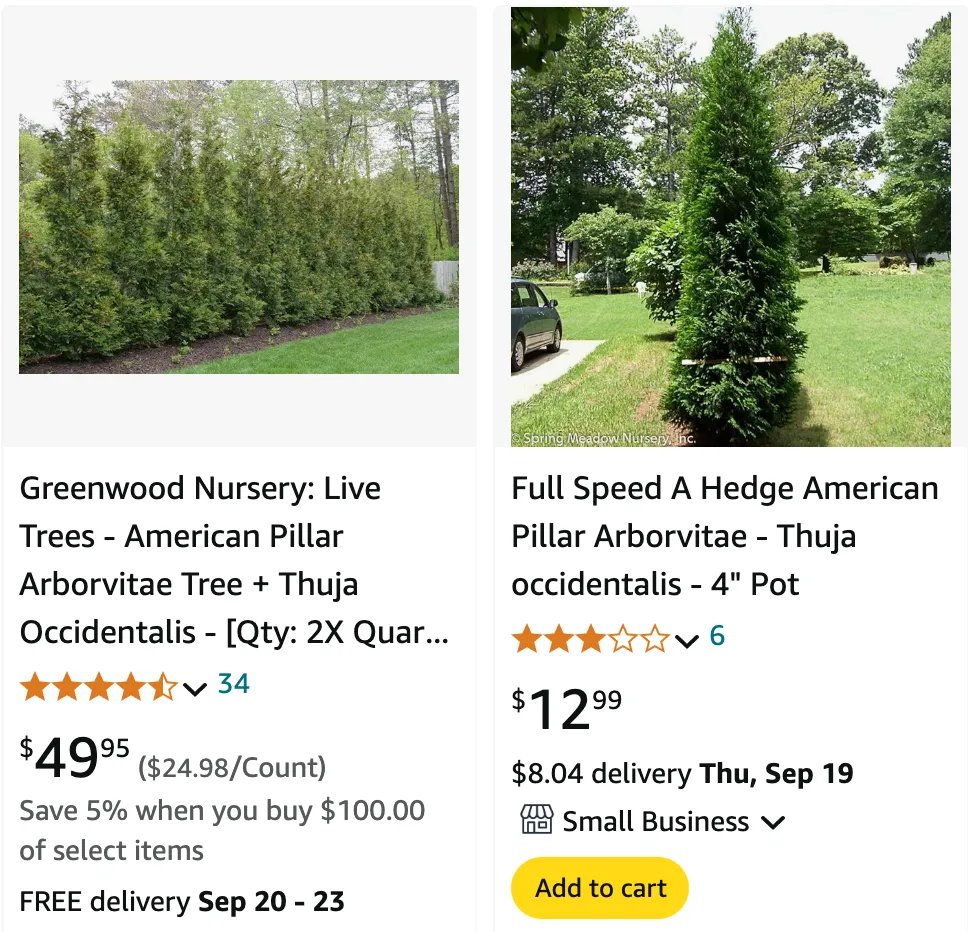
FAQs About Thuja American Pillar
Thuja American Pillar has become one of my favorite evergreen trees for creating stunning, vertical accents in gardens and landscapes. It’s well-regarded for its narrow, columnar form and lush green foliage. If you’re considering adding this tree to your garden or just want to learn more, here are some frequently asked questions I’ve encountered about the Thuja American Pillar.
What Is Thuja American Pillar?
Thuja American Pillar is a cultivar of Thuja occidentalis, also known as the American Arborvitae. This tree is particularly prized for its tall, slender shape, which makes it ideal for creating privacy screens or adding a vertical element to garden designs. The foliage is dense and evergreen, providing year-round greenery. The tree typically grows to about 10 to 15 feet in height with a width of 2 to 3 feet.
5 Species in Genus Thuja
How to Care for Thuja American Pillar?
Caring for Thuja American Pillar is relatively straightforward. Here’s what you need to know:
- Sunlight: It thrives in full sun to partial shade. Ideally, it should receive at least six hours of direct sunlight per day.
- Soil: This tree prefers well-drained, moist soil. While it can tolerate a range of soil types, avoiding waterlogged conditions is crucial.
- Watering: Regular watering is essential, especially during dry spells. However, it’s important not to overwater, as this can lead to root rot.
- Fertilization: Fertilize in early spring with a balanced, slow-release fertilizer. This helps support healthy growth and foliage.
- Pruning: Minimal pruning is required. Remove any dead or damaged branches to maintain its shape and health.
How to Propagate Thuja American Pillar?
Propagating Thuja American Pillar can be done through several methods:
- Cuttings: Take semi-hardwood cuttings in late summer. Use a rooting hormone and plant them in a pot with a mix of peat and perlite. Keep the cuttings moist and in a warm, humid environment until they develop roots.
- Seeds: Although less common, seeds can be collected from mature trees. Stratify the seeds by chilling them in a refrigerator for about a month before sowing them in a seed-starting mix.
What to Plant With Thuja American Pillar?
Thuja American Pillar pairs well with various plants, creating a well-rounded garden. Consider planting:
- Ornamental Grasses: Grasses like Feather Reed Grass or Blue Fescue complement the vertical structure of the Thuja.
- Perennials: Plants such as Hostas or Astilbes add color and texture, contrasting with the evergreen foliage.
- Groundcovers: Creeping Juniper or Wintercreeper Euonymus provide a lush, low-growing base around the tree.
Is Thuja American Pillar Toxic?
Thuja American Pillar is not known to be toxic to humans or pets. However, ingestion of large quantities of any plant material can potentially cause digestive upset, so it’s always best to keep an eye on curious pets.
Benefits of Thuja American Pillar
Thuja American Pillar offers several benefits:
- Privacy: Its dense foliage and tall, narrow shape make it an excellent choice for creating privacy screens.
- Low Maintenance: This tree requires minimal care once established, making it ideal for busy gardeners.
- Evergreen Beauty: It provides year-round greenery, adding structure and color to your garden throughout the seasons.
Common Problems
While Thuja American Pillar is generally hardy, it’s not immune to certain issues:
- Fungal Diseases: Watch for signs of fungal infections like rust or blight. Good air circulation and proper spacing can help prevent these issues.
- Pests: Look out for pests such as spider mites or scale insects. Regular inspection and appropriate treatments can manage these problems.
- Winter Damage: In very cold climates, the tree might suffer from winter burn. Applying a protective mulch and ensuring proper watering can help mitigate this.
Compare with Other Similar Trees
When comparing Thuja American Pillar to other trees, it’s useful to consider:
- Thuja Green Giant: While both are Thuja varieties, Green Giant is broader and faster-growing, making it suitable for larger screens.
- Leyland Cypress: This tree also offers a tall, narrow form but can be more prone to disease compared to the American Pillar.
In conclusion, Thuja American Pillar is a versatile and attractive addition to many gardens. Its columnar shape and evergreen foliage make it a popular choice for privacy screens and ornamental purposes. By understanding its care requirements and benefits, you can make the most of this remarkable tree in your landscape design.
If i die, water my plants!
